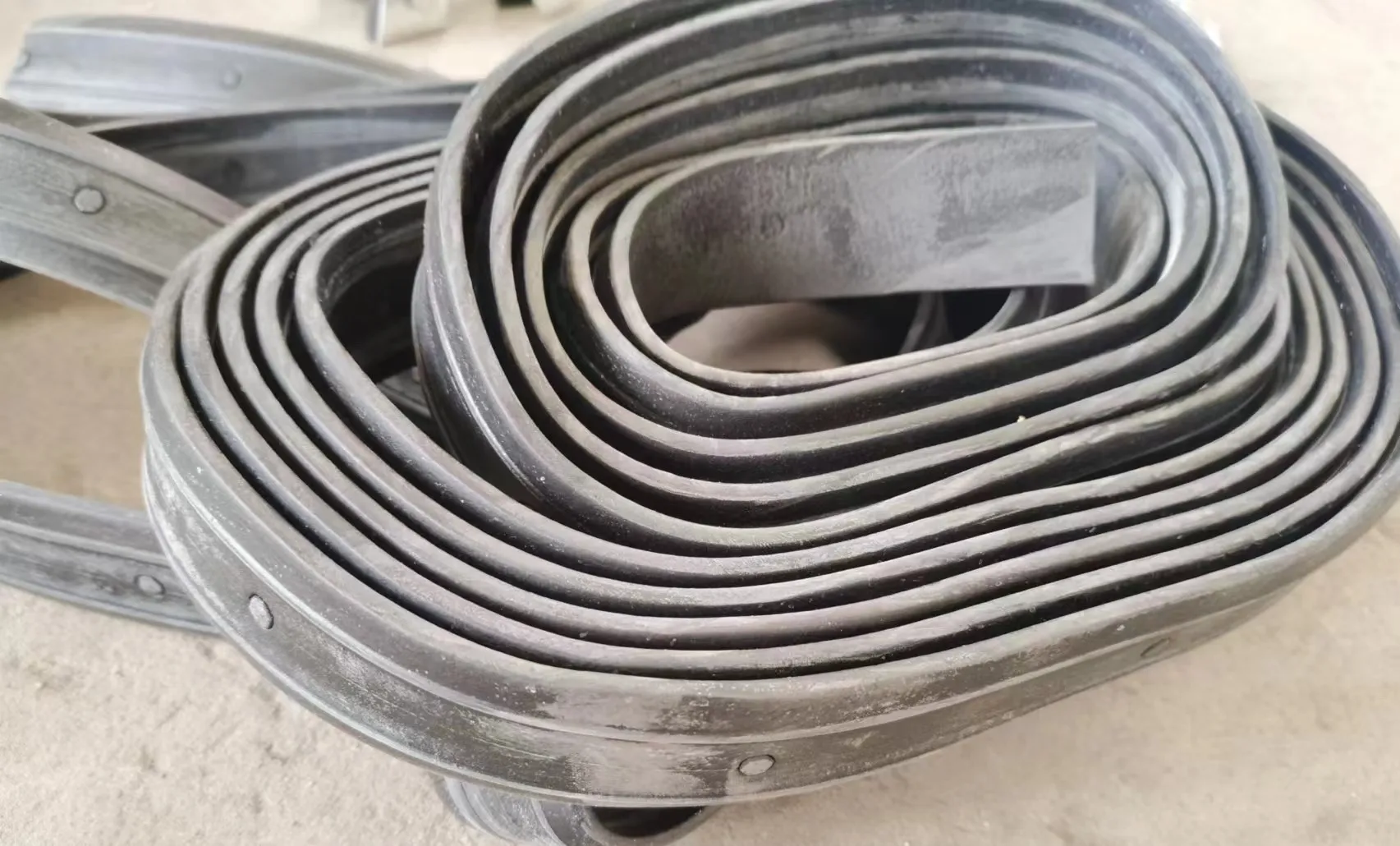loading...
- No. 9, Xingyuan South Street, Dongwaihuan Road, Zaoqiang County, Hengshui, Hebei, China
- admin@zjcomposites.com
- +86 15097380338
- Welcome to visit our website!
sand filter frp
Understanding Sand Filters Made from FRP A Comprehensive Overview
In recent years, the water treatment industry has seen significant advancements in technology, leading to the development of innovative solutions such as sand filters made from Fiber Reinforced Polymer (FRP). These filters are becoming increasingly popular due to their unique properties, which offer numerous advantages over traditional materials. This article aims to delve into the benefits, applications, and operational principles of sand filters constructed from FRP.
What is FRP?
Fiber Reinforced Polymer (FRP) is a composite material made by combining polymer resin with reinforcing fibers, such as glass or carbon fibers. This combination results in a material that is not only strong and lightweight but also resistant to corrosion, chemicals, and high temperatures. The durability and versatility of FRP make it an ideal choice for constructing sand filters, particularly in challenging environments where traditional materials may fail.
Advantages of FRP Sand Filters
1. Corrosion Resistance One of the most significant advantages of FRP sand filters is their resistance to corrosion. Unlike metal filters, which can deteriorate over time due to exposure to water and chemicals, FRP filters maintain their integrity even under harsh conditions. This longevity results in lower maintenance costs and longer service life.
2. Lightweight FRP is significantly lighter than traditional materials such as steel or concrete. This lightweight nature allows for easier transportation and installation, making FRP sand filters a cost-effective option for various applications. The reduced weight also minimizes the structural support needed, further lowering overall project costs.
3. Customizability FRP can be molded into various shapes and sizes, allowing manufacturers to design filters that meet specific requirements. This flexibility can be particularly beneficial for unique installations or applications where space is limited.
4. High Strength-to-Weight Ratio The combination of fibers and resin provides FRP with an excellent strength-to-weight ratio. This property ensures that FRP sand filters can withstand considerable mechanical and hydraulic loads, making them suitable for both above-ground and underground installations.
5. Thermal Insulation FRP has superior thermal insulation properties compared to metal filters. This insulation reduces heat transfer, thereby minimizing energy costs in temperature-sensitive applications, such as in certain industrial processes.
sand filter frp

Applications of FRP Sand Filters
FRP sand filters are used across various sectors due to their adaptability and efficiency. Some key applications include
1. Water Treatment Plants In municipal water treatment facilities, FRP sand filters play a crucial role in the filtration of drinking water. They effectively remove suspended solids, sediment, and other impurities, ensuring the delivery of clean, safe water to the community.
2. Industrial Effluent Treatment Many industries generate wastewater that contains particulates and pollutants. FRP sand filters are utilized to purify this water before it is released into the environment, complying with environmental regulations and promoting sustainable practices.
3. Aquaculture In aquafarms, maintaining water quality is vital for the health of aquatic life. FRP sand filters help to remove organic matter and uneaten feed, promoting a cleaner aquatic environment.
4. Swimming Pools FRP sand filters are also popular in residential and commercial swimming pool applications, where they help maintain clear and safe water for swimmers by removing impurities.
The Operational Principle of FRP Sand Filters
FRP sand filters operate on a straightforward principle water is passed through a bed of sand media, which captures and retains suspended particles. The design typically consists of multiple layers of varying granule sizes, allowing for effective removal of different types of contaminants. As water flows through the filter, sediment accumulates in the sand bed, eventually necessitating a backwashing process to clean the media and restore flow efficiency.
Conclusion
FRP sand filters represent a significant leap forward in filtration technology, characterized by their corrosion resistance, lightweight construction, and versatility. With applications ranging from municipal water treatment to aquaculture, these innovative filters are paving the way for improved water quality management across various industries. As the demand for efficient and durable filtration solutions continues to grow, FRP sand filters are poised to play an increasingly important role in water treatment processes worldwide. By embracing such advanced technologies, industries can enhance their sustainability efforts and contribute to a cleaner, healthier environment for all.
-
GRP Structures: The Future of Lightweight, High-Performance EngineeringNewsJun.20,2025
-
FRP Water Tank: High-Performance Storage for Corrosive and Clean Water SystemsNewsJun.20,2025
-
FRP Square Tube: The New Industry Standard for Chemical and Structural ApplicationsNewsJun.20,2025
-
FRP Pultruded Profiles: The Ultimate Choice for Lightweight Structural StrengthNewsJun.20,2025
-
FRP Handrails: The Safer, Smarter, and Stronger Choice for Modern InfrastructureNewsJun.20,2025
-
FRP Grating: The Smart Solution for Durable, Lightweight Industrial FlooringNewsJun.20,2025
-
Why Choose a Galvanized Water Tank for Your Storage NeedsNewsMay.21,2025
